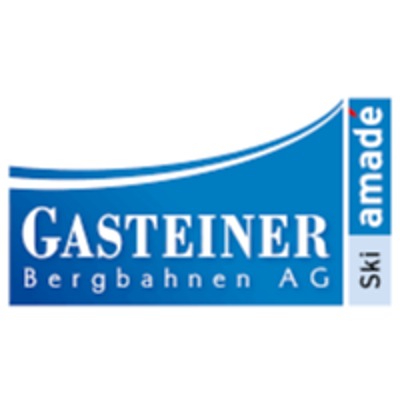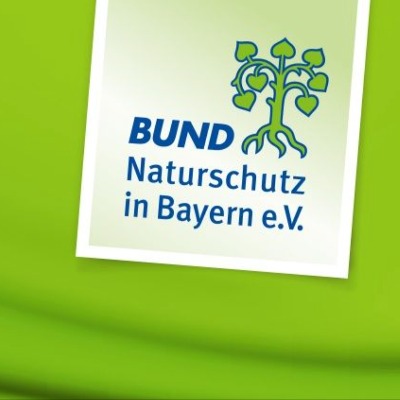Alpine Club Calls For More Legal Mountain Bike Trails In Austria

There are around 600,000 mountain bikers in Austria, and according to a 2020 survey, mountain biking is the second most common summer sport after mountain hiking in the Alpine Club. Mountain biking is very popular and is also a tourism factor. The Alpine Club is therefore demanding additional resources from the federal and state governments to expand the legal mountain bike network throughout Austria and advocates respectful coexistence on the mountain.
The Alpine Club sees great opportunities for health, community and nature experiences in mountain biking. Challenges of climate change and the mobility transition are other strong arguments to welcome and promote the current trend towards cycling. "But the Alpine Club is also aware of the potential for conflict between mountain bikers, hikers, landowners, trail keepers and other habitat partners," explains René Sendlhofer-Schag, mountain bike representative for the Austrian Alpine Club. "As a recognized nature conservation organization, we recognize possible ecological impairments that need to be counteracted in a targeted manner."
The official position of the Alpine Club has been hotly debated since there have been mountain cyclists, and the trend towards E-MTBs creates further challenges. The Alpine Club is now presenting a new position paper as a basis for risk-conscious, environmentally and socially compatible and legal mountain biking. The Alpine Association relies on awareness-raising and sensitization: Knowledge of natural and wildlife ecological relationships increases the understanding of all mountaineers about the need to comply with regulations and to critically question their own behavior. "Technology instead of speed" is the motto for accident prevention when biking in the natural alpine region
Forest roads & Alpine Club paths - free ride?
The Alpine Club no longer sees the original demand for a general release of forest roads as expedient. “On the one hand, this would only cover part of the needs of mountain bikers, on the other hand, this requirement cannot be met in the foreseeable future. In addition, there are sensitive areas of nature that are worthy of protection and should not be ridden on by mountain bike – similar to steering projects for ski tours,” explains Sendlhofer-Schag. The Alpine Club is now demanding resources and concepts from the federal and state governments for the rapid opening of further forest roads in order to create a network of MTB routes that is as comprehensive and legal as possible.
“There are already successful models, such as the Tirol 2.0 MTB model, which can serve as a template for contractual solutions. The provision of human and financial resources in the offices of the state governments and the federal government, agreements with landowners and road operators, compensation, insurance and the consideration of factual, scientifically based ecological aspects are characteristics of successful MTB concepts," says Sendlhofer-Schag.
The Alpine Club is aware of the great demand for paths (single trails) for mountain biking. These single trails are an essential part of a needs-oriented and contemporary offer. However, the Alpine Club is against the general release of Alpine Club trails for mountain biking. This would not be within his authority at all, since his right of use as a waykeeper is limited to walking on these natural areas. The creation of so-called "shared trails" must be checked on a case-by-case basis and in any case requires the consent of the landowner and the AV Section as trail holder.
Hiking and biking, does that work together?
The Alpine Club is committed to respectful and harmonious coexistence. In the meeting room for hiking and mountain biking, the Alpine Club therefore communicates the international recommendation of Club Arc Alpin: "Pedestrians have priority! Be considerate of pedestrians by announcing your arrival early and slowing down. Stop if necessary. A friendly greeting promotes acceptance. Ride in small bike groups and avoid paths that are heavily frequented by hikers. Hikers let mountain bikers pass without unnecessarily impeding their ride.”
E-MTB and charging options
The E-MTB has not only been very popular in everyday traffic for years, but also in mountain sports more and more mountain bikers are switching to the electric counterpart to the mountain bike. The increase in user pressure on alpine infrastructure and an increasing number of conflicts of use are aspects that are increasingly arising from the e-MTB.
On the other hand, the E-MTB can serve as a bridge between leisure and everyday use and thus contribute to the mobility revolution and bring people into nature and into community. Traveling to tours in combination with local public transport offers the opportunity to solve the “last mile” challenge. Ideally, the E-MTB replaces the car, can reduce emissions and prevent overcrowded parking spaces.
Charging stations on Alpine Club huts?
“Anyone who travels with an e-MTB has to reckon with additional requirements in terms of tour planning and execution due to the additional technical dependency on the motor and battery. Charging stations on huts cannot be expected,” informs René Sendlhofer-Schag. If a hut would like to offer this service for mountain bikers, this is only possible if excess electricity comes from renewable and existing energy sources or if the hut is connected to the public power grid. "Together we can help mountain biking gain more acceptance, cultivate a sense of togetherness and expand the range of legal, modern infrastructure step by step," concludes Sendlhofer-Schag.













